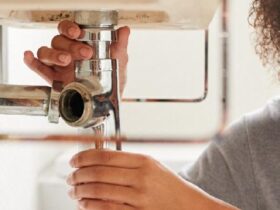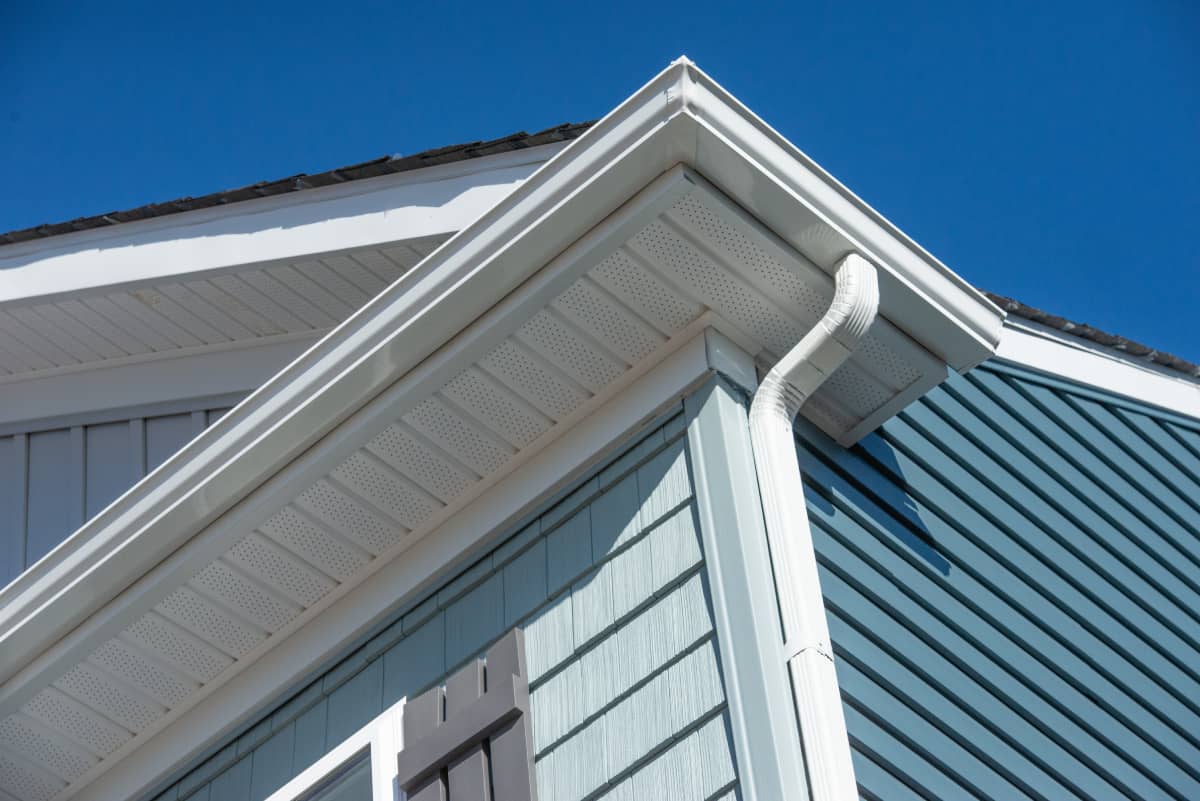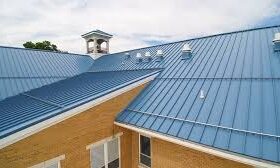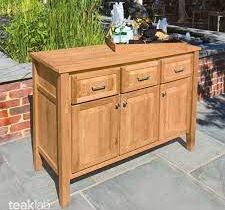Does your home have hard water? Signs of hard water include mineral deposits and white, cloudy stains on surfaces in contact with water, such as faucets and shower walls. While not harmful to your health, it can look unsightly and potentially damage materials like porcelain. Fortunately, you can remove calcium buildup and reveal the original, beautiful surface.
If you want to eliminate calcium and other hard minerals from your water, consider contacting Plumbing Kings to install a water softener in your home.
Methods to Remove Calcium Buildup
To prevent water stains from becoming an issue, it’s best to address them regularly. Neglect could cause the buildup to penetrate surfaces and eventually lead to corrosion. Various methods can help you remove these stains, using common household items such as paper towels, rags, a toothbrush, rubber bands, gloves, protective eyewear, spray bottles, vinegar, baking soda, white wine, or other natural, non-toxic cleaners.
Calcium Deposit Removal Agents
Removing calcium deposits doesn’t have to be difficult and can often be done in just a few minutes. You may already have some of these agents in your home:
- Lemon Juice – In your grocery store’s produce section, lemon juice can be sprayed onto surfaces, particularly metal faucets, after being squeezed from fresh lemons and transferred to a spray bottle.
- White Vinegar – This versatile ingredient, likely in your kitchen cabinet, is excellent for removing hard water stains. Soak rags in vinegar and place them over fixtures to break down calcium buildups.
- CLR (Calcium, Lime, and Rust Remover) – This product is ideal for toilets, which often develop rings on the waterline from calcium buildup.
- Muriatic Acid – This powerful hydrochloric acid-based descaler effectively removes severe lime and calcium deposits in pools and toilets. However, due to its potency, it can damage eyes and exposed skin, so use extreme caution or consult a professional when handling it.
Removing Calcium Buildup: A Detailed Guide
With the necessary materials in hand, let’s dive into the steps for removing calcium buildup:
Faucets and Showerheads
For faucets and showerheads, tying a vinegar-filled bag around the fixture helps break down external buildup. For a deeper clean, remove the faucet aerator or showerhead from its base. Place the parts in a bowl with your chosen acid, being mindful of soaking time and required dilution. Simultaneously, wrap a vinegar-filled bag around the fixture’s remaining part. After soaking, wipe down the area with a cloth. If using vinegar, ensure children aren’t present during the process.
Sinks, Tubs, Porcelain Toilets, and Ceramic Tiles
To clean these surfaces safely and effectively, gather mild soap, sponges, towels, white vinegar, and baking soda. Mix hot water and a few drops of mild soap in a bowl. Using a sponge or rag, scrub the surface, then dry it with a towel. Next, combine two parts baking soda and one part vinegar to create a paste. Apply the paste to the affected surfaces, let it sit for five minutes to soften mineral deposits, and then wipe it off with a dampened sponge.
Drains and Pipes
Calcium buildup can also impact pipes and drains, affecting water pressure and potentially necessitating pipe replacement. To avoid extra expenses, consider installing a water softener to protect pipes and drains from calcium buildup. You can also use CLR drain cleaner, but it’s not an ideal long-term solution due to its toxicity.
Glass
For glass shower doors with white, cloudy spots from dried water, mix equal parts water and white wine vinegar in a spray bottle. Spray the solution onto the surface, let it sit for 15 minutes, and then wipe it off with a clean cloth.
If you dislike the vinegar smell, mix baking soda and water in a small bowl to form a paste. Use a clean cloth to spread the paste over the glass, then rinse it off with water.
Read Also: Does Plumber’s Putty Harden?
Calcium buildup is not only unsightly but can also damage pipes and drains. Thankfully, there are simple and effective ways to manage and prevent it.















